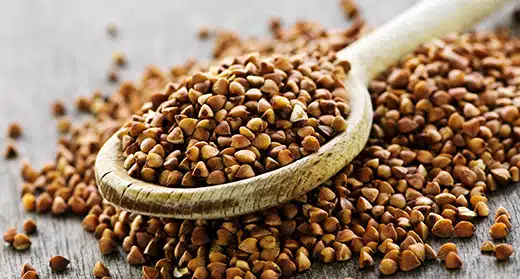Hyperion, a coastal Redwood located somewhere in northern California, is the tallest tree in the world (its exact location is kept secret for its protection). Buckwheat, which was initially cultivated on the Tibetan peninsula some 6,000 years ago, is the domesticated crop that thrives at the highest altitude.
The simple buckwheat plant gives birth to more wholesome foods like pancakes, noodles, and crepes, in contrast to the majestic waterfalls and trees that can awe. For individuals who are gluten intolerant or allergic, buckwheat is an excellent comfort food component because, despite its name, it is unrelated to wheat.
Although buckwheat doesn’t contain the same amount of calories as wheat or rice, it has a lengthy culinary tradition in many places.
It is known as kasha in Eastern Europe and Russia and is best recognized for being used in the Jewish dish kasha varnishkes. The foundation of many Asian foods, most notably soba noodles, is buckwheat flour. China, Japan, and South Korea are among countries that like buckwheat tea.
Also, if you live in North America, you might be familiar with or have already had buckwheat pancakes. Buckwheat may become more popular than ever due to its adaptability, deliciousness, and ability to grow in difficult environments. Thus, I believe it is time for us to become familiar with this pseudocereal plant (a term for a plant that isn’t really a cereal grain but that we nevertheless use). Buckwheat, or Fagopyrum esculentum, is a flowering plant grown both for human consumption and as a cover crop to suppress weeds and add nutrients to soil.
Buckwheat is a member of the Polygonaceae family, which, despite the name, doesn’t include pentagons and octagons. Instead, it refers to the swollen nodes present on the plants once they’ve seeded — in Greek, “poly” means many, and “gony” means knees or joints. (And esculentum just means “edible,” which is a good thing. I don’t recommend eating any plants deemed “inedible.”)
If you happen to be a gardener in the eastern US, you may be painfully familiar with another member of the Polygonaceae family: knotweed, which is an invasive and difficult-to-remove weed. But aside from botanical closeness, there are no functional similarities. You can safely plant buckwheat in your garden without it taking over.





